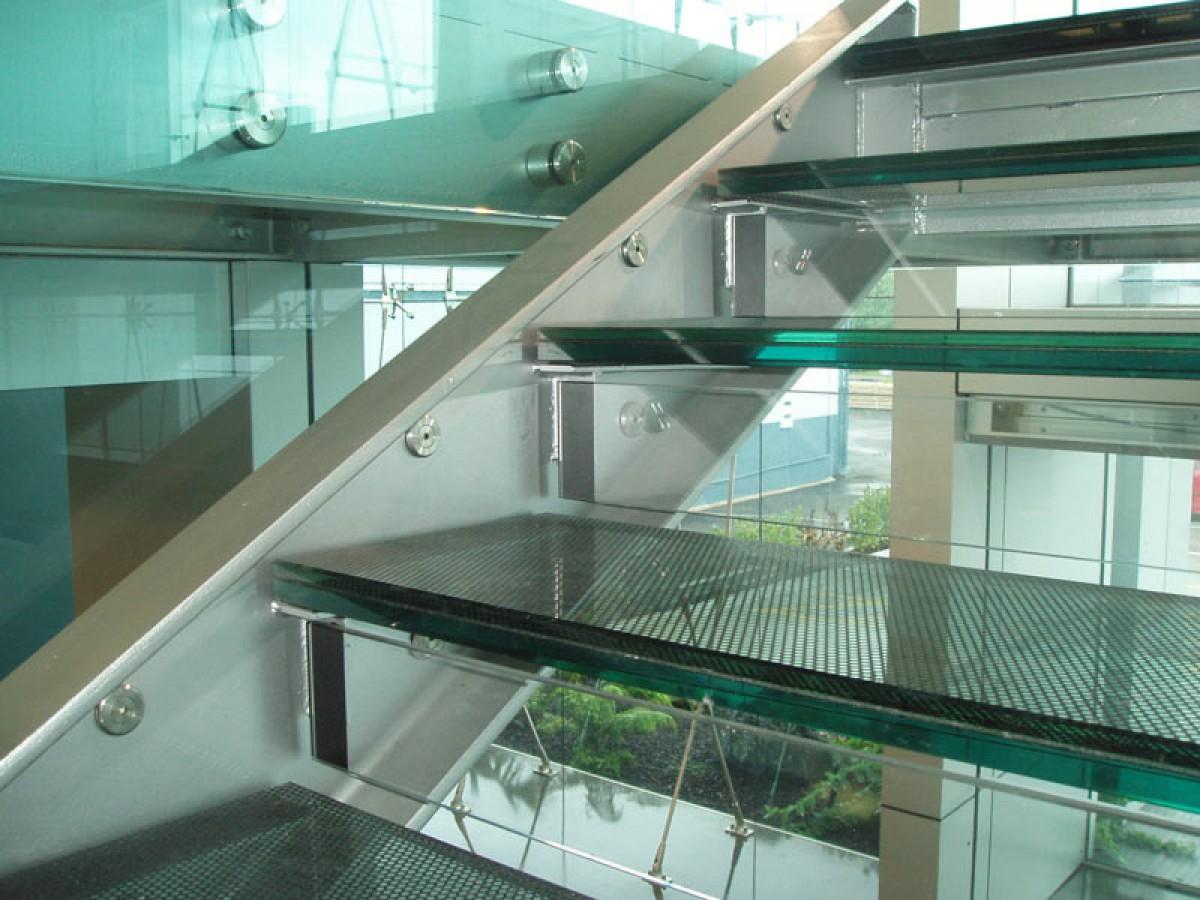Understanding Laminated Glass: Composition, Properties, and Applications

Laminated glass, also known as safety glass, is a type of safety glass that holds together when shattered. It is made up of two or more sheets of glass with one or more interlayers of plastic laminate, usually polyvinyl butyral (PVB), placed between the glass to bind them together. When broken, laminated glass shards tend to adhere to the plastic interlayer and break into numerous small, non-sharp pieces rather than splintering into jagged shards like ordinary annealed glass. This helps to prevent hazardous cutting and piercing injuries when the laminated glass breaks.
Advantages over Standard Glass
While slightly more expensive than ordinary float or annealed glass, Laminated Glass offers certain key benefits that make it worth considering for applications requiring higher strength, safety and security:
- Impact resistance: Shards stick together instead of scattering upon breakage, preventing injuries. Safer than toughened/tempered glass which splinters sharply.
- Weather resistance: Withstands windload stresses better than ordinary glass in storms or high wind areas prone to debris impact. More durable over the long term.
- Security: Provides effective protection against break-ins via manual or ballistic attacks due to its fragmentation behavior. Used for bullet-resistant glazing.
- Sound insulation: The plastic interlayer dampens transmission of outside noise into buildings for acoustic privacy. Improves occupant comfort.
- Fire resistance: Available with fire-rated plastic interlayers that add thermal protection in case of exposure to high temperatures during building fires.
- Longevity: Laminated glass lasts much longer than ordinary or heat-treated glass when used in applications involving frequent cleaning, minor impacts or thermal cycling stresses.
Explore more information on this topic, Please visit -
- Art
- Causes
- Crafts
- Dance
- Drinks
- Film
- Fitness
- Food
- Spellen
- Gardening
- Health
- Home
- Literature
- Music
- Networking
- Other
- Party
- Religion
- Shopping
- Sports
- Theater
- Wellness
- IT, Cloud, Software and Technology


